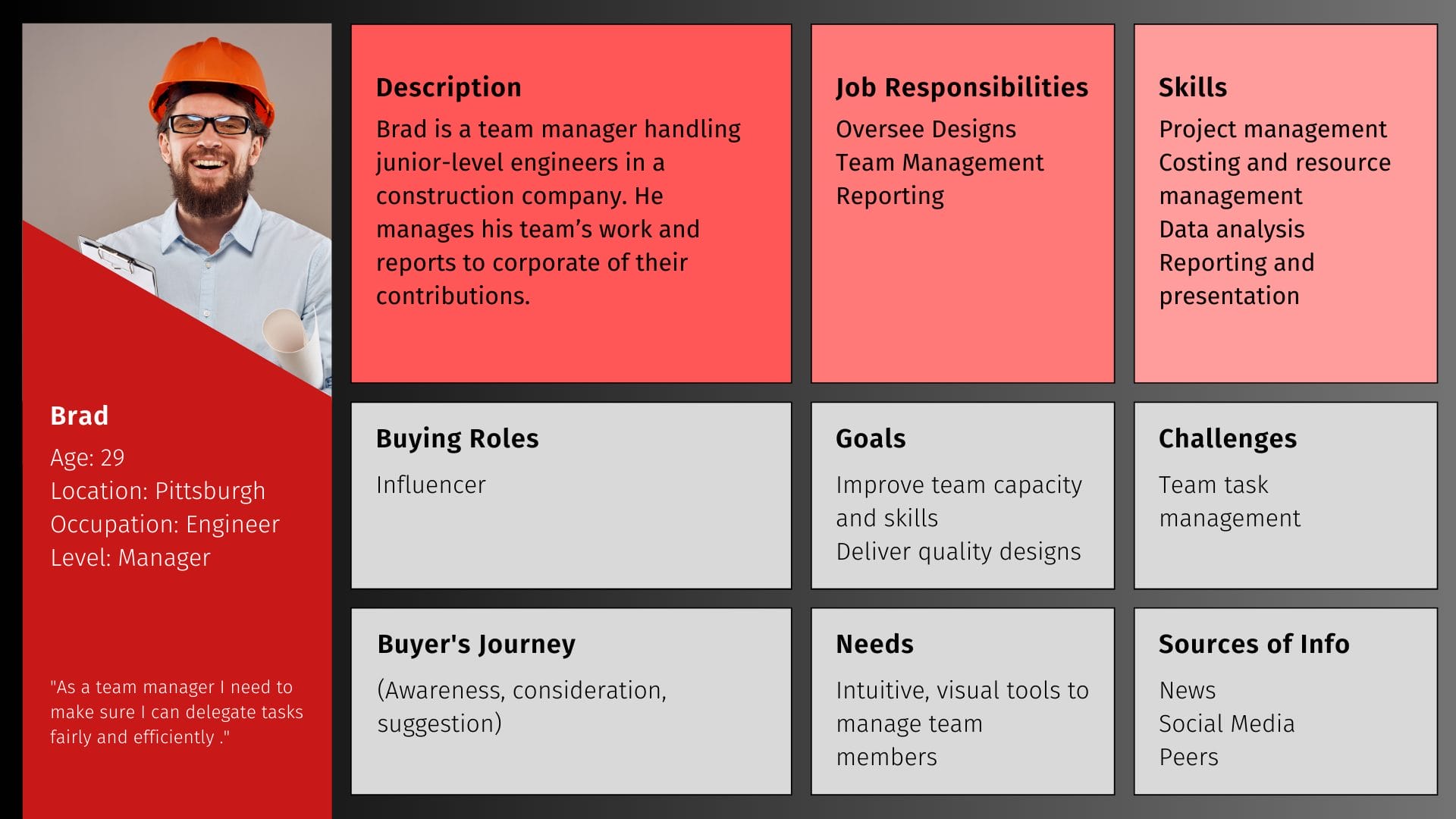Discover your Market
Find out what you can sell better, where, and in what ways with in-depth market research.
- Employing intelligent tool-based systems for market data collection.
- Assisting in strategic product planning.
- Enhancing responsiveness to customer needs and preferences.
- Operating as a market research agency.
Discover your Users
Satisfy users by identifying and addressing their needs through user research.
- Crafting optimal product experiences involves studying user behavior and needs.
- Aligning designs with user satisfaction to address gaps in product offerings.
- Creating well-rounded products to cater to a broader range of user groups.
Qualitative Research
Extracting insights from interviews and group discussions enhances marketing strategies, facilitating more targeted and effective promotional efforts.
- Reveals interests and preferences.
- Offers a detailed view of stakeholder and target user preferences.
- Group setting highlights user patterns.
- Aids designers in better plotting outcomes.
Quantitative Research
Uses numerical data to examine trends and patterns, essential for guiding and refining marketing strategies based on data-driven insights.
- Active Surveys: Gather accurate data through choice-based questionnaires from willing participants.
- Passive Surveys: Study user behavior and action patterns through non-intrusive data collection.
Card Sorting
Understanding how users categorize and prioritize content through UX research gives a clearer picture of their behaviour.
It is a valuable step in creating intuitive interfaces and designing information flow to enable decision-makers to discover how to create the best user experience design.
UX Audit
Evaluating user experiences through an audit is a valuable way to determine the usability and appeal of products, especially in the context of marketing.
Through a UX audit, product owners can add more value to products by enhancing their usability and help users familiarise themselves with products faster.
User Persona
Classifying users based on their profile into groups makes it easier for product owners to satisfy various segments of the market. Accurate user personas give a better reflection of
user behaviours,
×
User personas are often used to study user preferences in market research. Singapore companies also choose focus group discussion as an alternative to obtain useful data from sample users.
enabling businesses to retain customers better and attract new users.
User Journey Map
Having a
user journey map
×
User journey maps are useful additions to user experience services based on accurate data from market research. These maps help designers plan products with respect to observed user behaviour.
allows decision-makers to better plot the user’s navigation, touch points, and other interactions with customers. This is a valuable tool for improving UX.
Business Process Flow Optimisation
A transparent process quickens transactions, enabling both users and administrators to finish tasks quickly and safely.
Optimising the process
×
In conducting internal user research in Singapore and other tech-progressive nations, optimising the business process considers how internal users such as staff can finish tasks faster and more accurately.
flow can help save resources and increase a product’s efficiency.
Information Architecture
Data, without proper structure, is a liability to any organisation. Good
information architecture
×
Part of user experience design involves structuring information to improve product usability and facilitating further design and development.
is a must to ensure information is organised and displayed effectively on interfaces, which are crucial factors for business software, websites, and apps.

Research-driven decision-making
Conducting both market research and user research is essential for developing products that effectively address user pain points. Accurate and reliable information about target users is crucial in this process. Research data, including user personas and journey maps, play a pivotal role in ensuring that products not only meet expected functions but also offer easy navigation.
Moreover, researching into technical aspects such as infrastructure and workflows provides valuable insights, revealing opportunities to enhance business systems. By prioritizing both market research and user research, companies can create products that not only fulfill user needs but also optimize internal processes.


